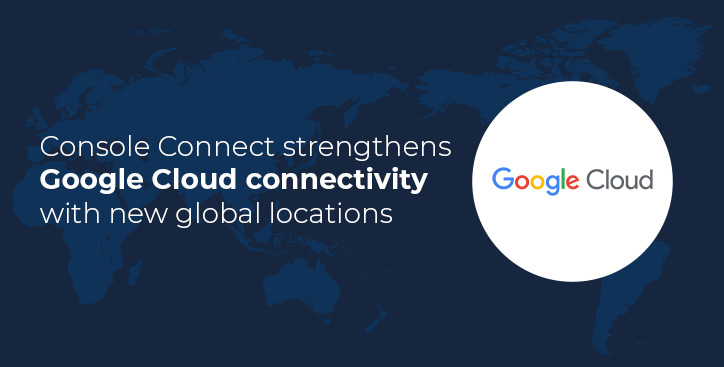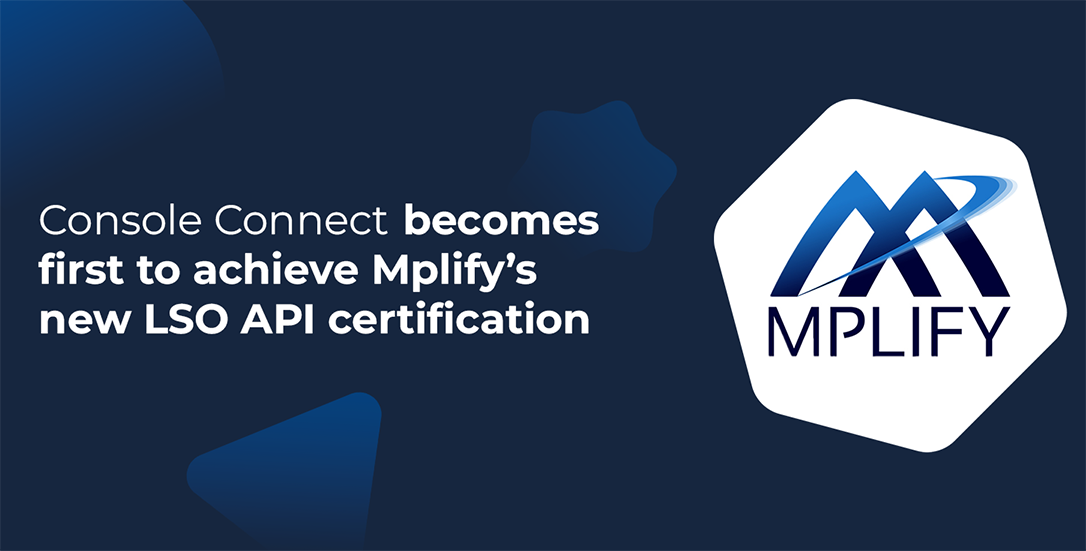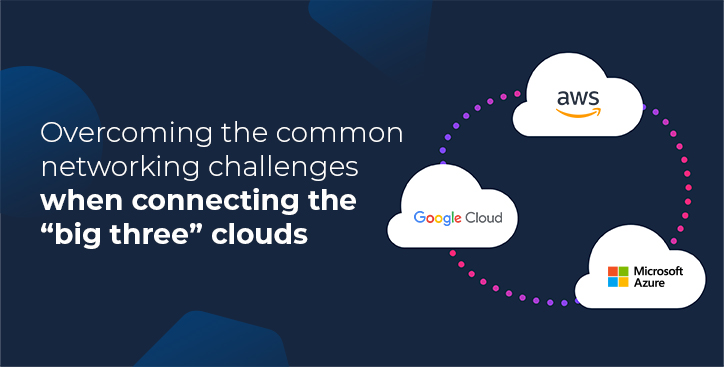How LEO satellite technology is transforming enterprise connectivity
By Lily Bennett|25 November, 2025
.jpg)
How LEO satellite technology is transforming enterprise connectivity
It’s not new to say that reliable, high-speed connectivity is critical for businesses. Yet even as global networks expand, many enterprises still face connectivity challenges, whether operating in remote industrial zones, across oceans or in developing regions with limited terrestrial infrastructure.
This is where Low Earth Orbit (LEO) satellite technology comes in – a new frontier in global connectivity that is transforming how enterprises stay connected anywhere on the planet. Modern LEO constellations, led by providers such as Starlink and Eutelsat OneWeb, are quickly becoming part of mainstream enterprise network design.
What is LEO satellite technology?
LEO satellites orbit between 500 and 2,000 kilometres above the Earth, far closer than traditional geostationary (GEO) satellites, which sit 36,000 kilometres away. This proximity drastically reduces signal travel time, enabling low-latency broadband performance that rivals fibre.
LEO constellations comprise hundreds or thousands of small satellites working in coordination to deliver ubiquitous, high-speed coverage. Examples include the rapidly expanding Starlink constellation and the polar-orbiting EUTELSAT OneWeb system, each engineered to deliver global, always-on broadband. As each satellite moves, another seamlessly takes its place to maintain continuous coverage.
For enterprises, this means high-throughput, resilient connectivity, even in places where terrestrial networks cannot reach.
Why LEO satellite technology matters for enterprises
- Ubiquitous global coverage: LEO networks extend broadband connectivity to every corner of the world, from offshore platforms and maritime operations to remote energy sites, construction camps, and emergency response locations. This means businesses can maintain real-time visibility and communication across all assets, wherever they are.
- Low latency and high speed: Because of their low orbital altitude, LEO systems deliver latency as low as 20-40 milliseconds, compared to over 500 ms for GEO satellites. That makes them ideal for cloud-based applications, video conferencing, remote collaboration and industrial automation.
- Smaller, low-cost terminals: Modern LEO terminals are compact, lightweight and easy to install - typically plug-and-play units that can be deployed within minutes. They are also more affordable than traditional satellite dishes, making enterprise connectivity scalable and cost-effective.
- Direct-to-device: Emerging LEO capabilities enable direct-to-cell or IoT device connectivity, removing the need for large antennas. This flexibility opens up new possibilities for mobile workforce solutions, asset tracking and connected field operations.
- Application agnostic: LEO connectivity is also application agnostic, supporting everything from cloud access and data synchronisation to streaming and remote monitoring.
- Seamless integration with terrestrial networks: LEO satellite services integrate smoothly with existing terrestrial and wireless infrastructure, such as 5G, SD-WAN and private fibre networks. Enterprises can use LEO as a primary connection in remote areas or as a resilient backup to ensure business continuity during terrestrial outages.
Why LEO’s role is evolving now
The rapid rise of LEO technology is driven by several key developments:
- Lower launch costs: Reusable rocket technology has significantly reduced satellite deployment expenses.
- Advanced constellation design: Today’s LEO satellites are software-defined and capable of dynamic bandwidth allocation.
- Enterprise cloud adoption: Businesses increasingly rely on always-on connectivity for multi-cloud, AI and IoT operations.
- Integrated network management: LEO solutions now fit naturally within SD-WAN and hybrid network architectures, providing centralised performance visibility and control.
How PCCW Global delivers high-performance LEO satellite connectivity
At PCCW Global, we offer an integrated satellite service which delivers:
- High-speed, low-latency performance for cloud, voice and video applications.
- Compact, easy-to-install terminals suitable for rapid deployment anywhere.
- Private interconnection through our high-performance global network, ensuring secure, high-performance routing to cloud and data centre environments.
- Affordable usage plans, with both global and local coverage options.
- High-throughput bonding solutions, combining multiple satellite links for greater reliability and bandwidth efficiency.
- Multi-orbit connectivity options leveraging LEO, MEO and GEO satellites to support high-availability services and robust business continuity.
- Low-cost Narrowband IoT connectivity delivered via LEO constellations, enabling scalable, mass-deployment IoT solutions.
Whether supporting remote operations, disaster recovery or hybrid connectivity, PCCW Global’s LEO solution helps enterprises stay connected reliably, securely and cost-effectively. Get in touch to learn more.





.jpg)

